25 Foods Filled With More Additives Than Benefits
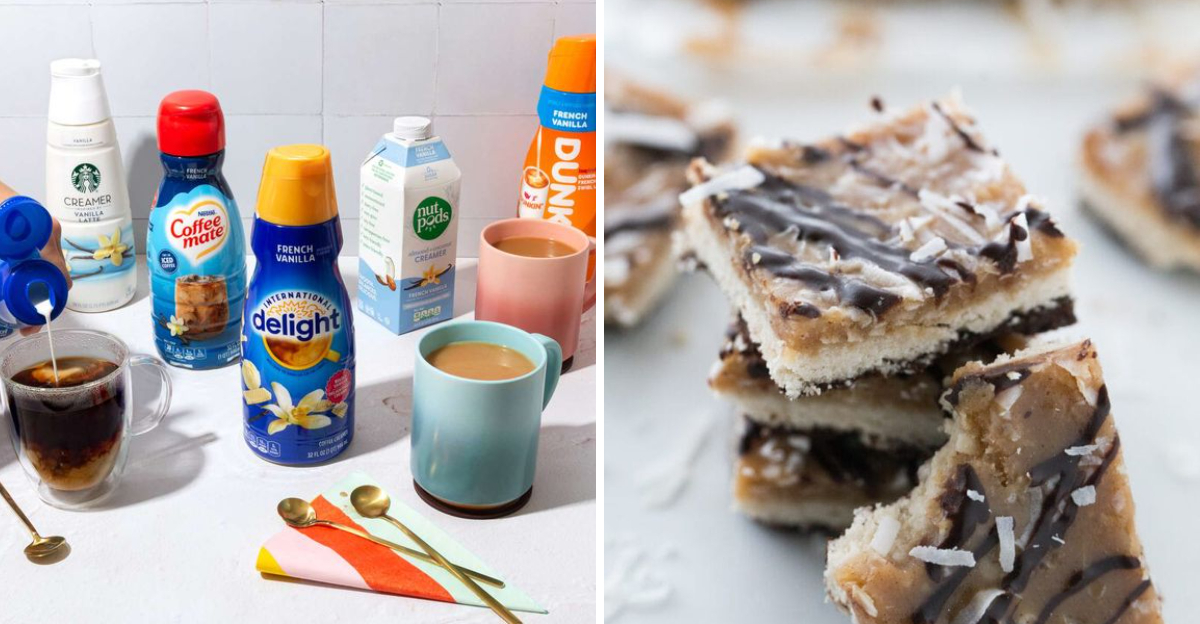
Some foods promise flavor, convenience, or a longer shelf life—but behind the label, they’re mostly a cocktail of preservatives, dyes, stabilizers, and sweeteners. While not all additives are harmful in small amounts, regularly eating these ultra-processed picks can do more harm than good. Here are 25 foods that lean heavier on lab ingredients than nutritional value.
1. Packaged Cheese Slices
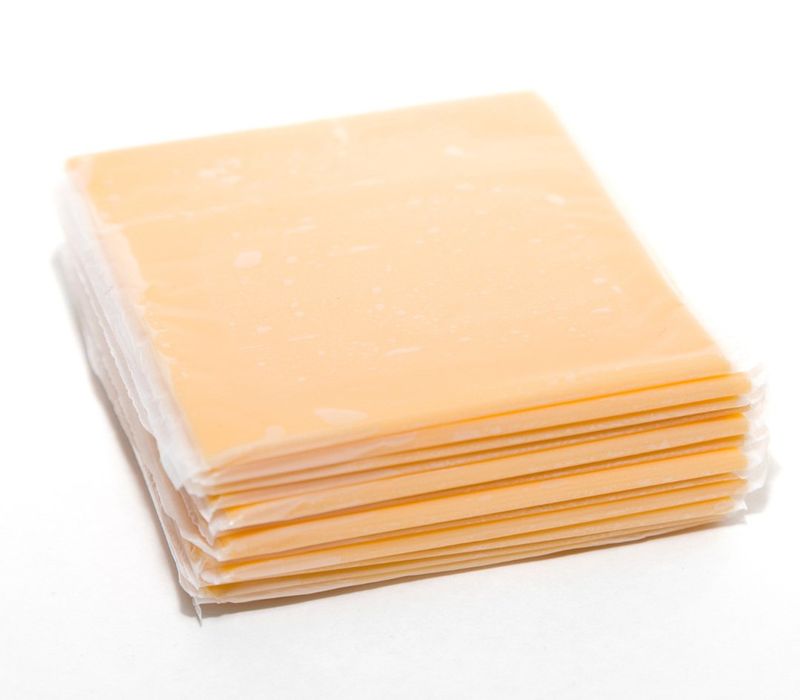
Packaged cheese slices often bear little resemblance to real cheese. Their bright yellow hue is usually a giveaway of artificial colors. Instead of pure dairy, these slices are a concoction of emulsifiers and anti-caking agents. They melt perfectly, but that’s thanks to the additives that manipulate texture and consistency.
Many consumers love their convenience in sandwiches or burgers, but they sacrifice natural goodness for chemical stability. Over time, the consumption of these enhanced slices might contribute to health issues due to their high sodium content.
The quest for the perfect melt comes at a nutritional cost.
2. Flavored Instant Oatmeal Packets
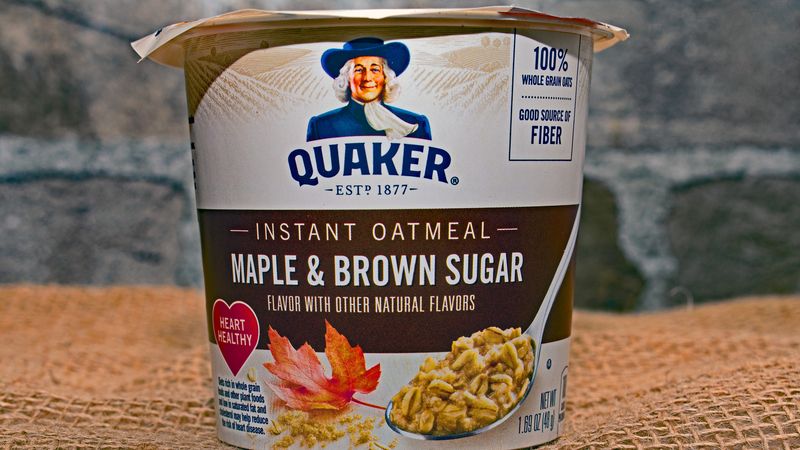
Flavored instant oatmeal packets can turn a healthy breakfast into a sugar-laden snack. While oats themselves are nutritious, the flavored versions often include heaps of added sugars and artificial flavors to entice taste buds. These packets are marketed for their convenience and quick preparation.
However, stabilizers and preservatives are usually present to maintain texture and prolong shelf life. Nutrition takes a backseat as flavorings take the spotlight.
For a wholesome start to the day, sticking to plain oats with natural toppings is a smarter choice.
3. Microwave Popcorn (Especially Butter-Flavored)
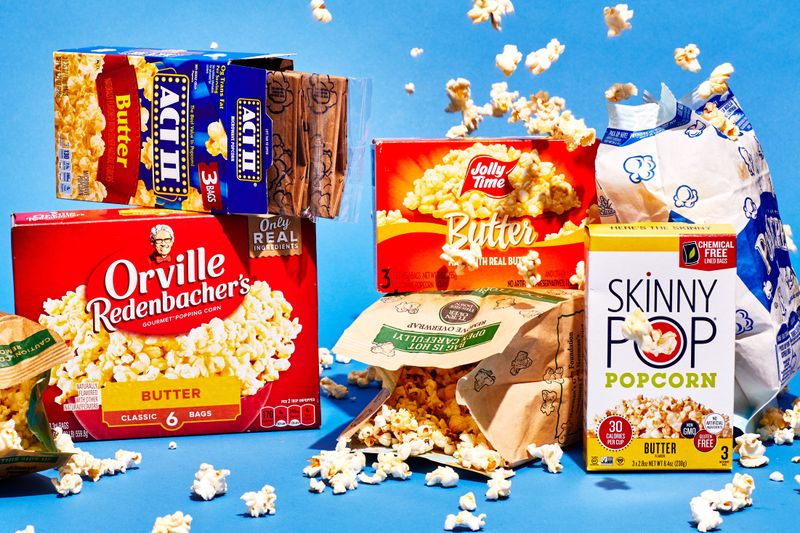
Microwave popcorn, especially the butter-flavored variety, is a kitchen staple for movie nights but at a hidden cost. The enticing aroma often comes from artificial butter flavoring, such as diacetyl. This chemical concoction not only heightens taste but also raises health concerns.
Preservatives keep the popcorn fresh, while questionable oils ensure each kernel pops perfectly. Despite being made from corn, these snacks compromise on natural goodness for flavor.
For a purer popcorn experience, air-popped corn with real butter or natural seasonings is a better route.
4. Frozen Chicken Nuggets

Frozen chicken nuggets are a family favorite, yet beneath the crispy coating lies a mix of additives. Often containing more fillers and stabilizers than actual chicken, these nuggets are designed for taste and texture. Artificial flavors enhance the appeal, making them irresistible to many.
The breading may also house additional artificial ingredients to ensure a consistent taste. Though convenient, the nutritional benefits are overshadowed by sodium and chemical content.
Choosing homemade nuggets can offer a healthier alternative with fewer artificial components.
5. Diet Sodas
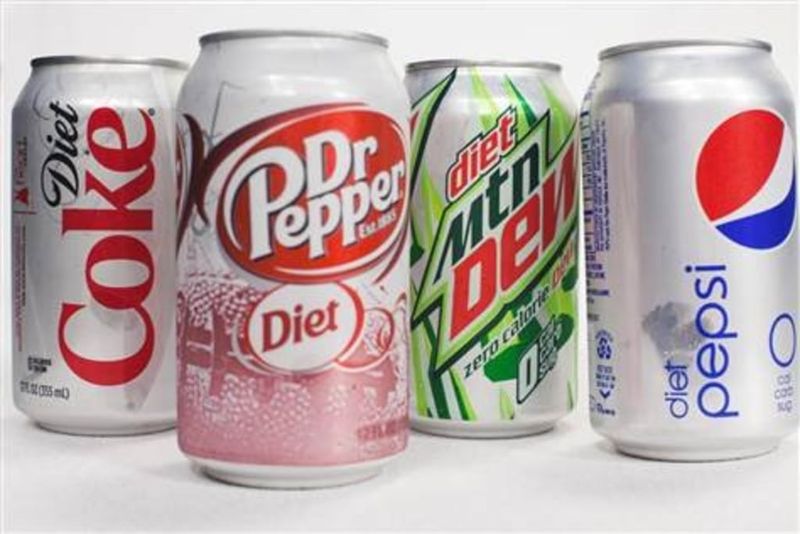
Diet sodas present a calorie-free thirst quencher but lean heavily on artificial ingredients. Aspartame and acesulfame potassium are common sweeteners, providing sweetness without calories. However, their long-term health effects remain a topic of debate.
Artificial coloring gives these drinks their familiar appearance, masking the absence of natural ingredients. Despite their allure, these sodas offer little nutritional value.
For those seeking refreshment, water or naturally flavored beverages might be a more nourishing choice.
6. Fruit-Flavored Yogurt Cups
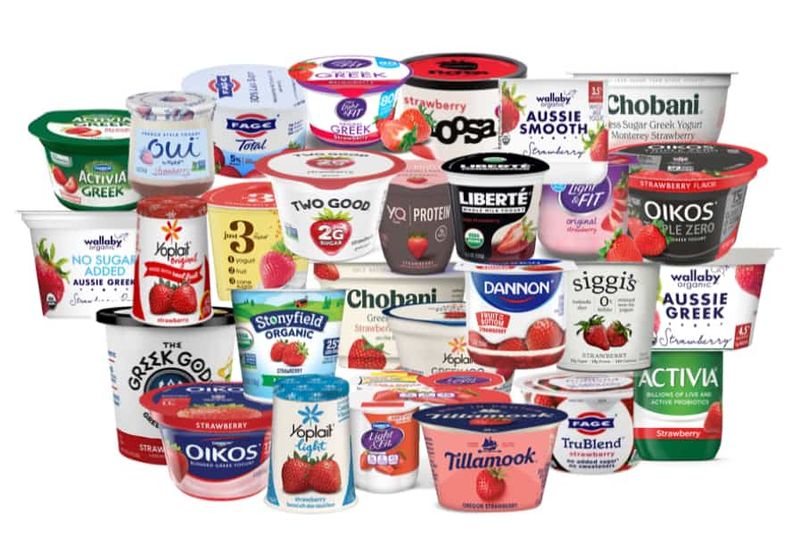
Fruit-flavored yogurt cups often disguise themselves as a healthful choice. Behind the fruity facade, they are packed with added sugars and artificial flavors. What appears to be real fruit is frequently a mix of dyes and flavorings.
Thickening agents like gelatin or modified corn starch enhance texture, straying from authentic yogurt consistency. While they may seem like a quick snack option, the additives can outweigh the benefits.
Opting for plain yogurt with fresh fruit is a nutritious alternative.
7. Canned Spaghetti Meals (like SpaghettiOs)
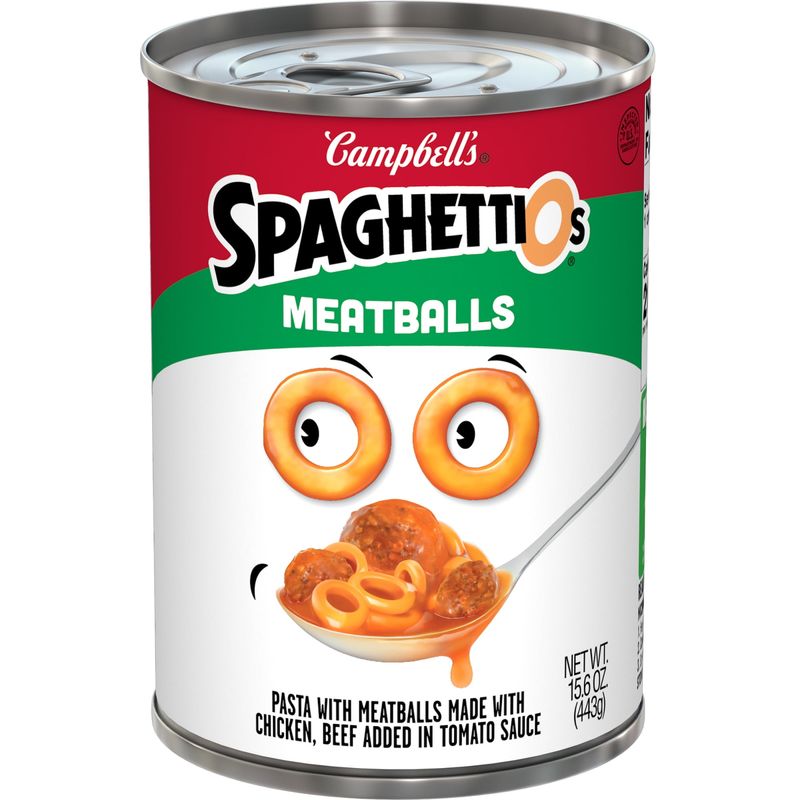
Canned spaghetti meals, such as SpaghettiOs, offer convenience at the expense of nutrition. High in sodium and loaded with corn syrup, they aim to appeal to young taste buds. Artificial flavor enhancers amplify the taste, masking the lack of real ingredients.
These meals are often a far cry from homemade pasta dishes. With preservatives ensuring long shelf life, they prioritize longevity over natural goodness.
For a nutritious meal, freshly prepared pasta with a simple sauce is a more wholesome choice.
8. Flavored Coffee Creamers
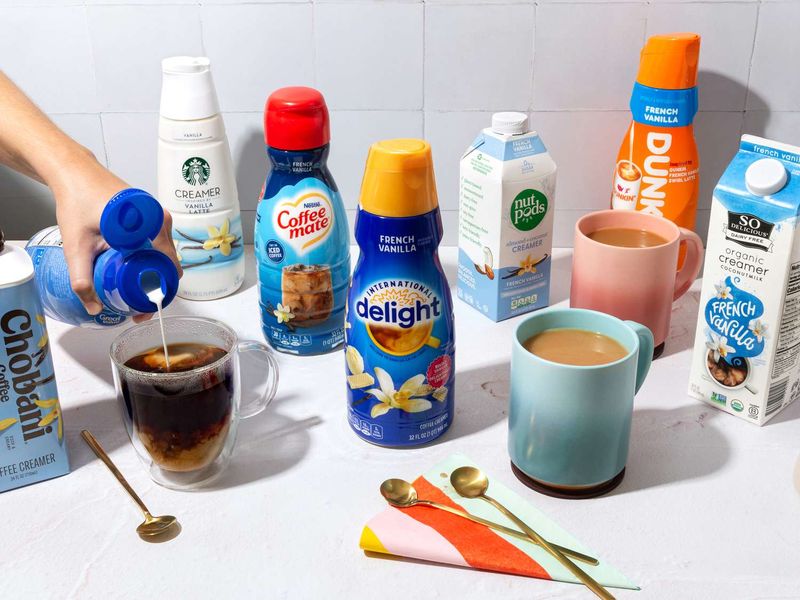
Flavored coffee creamers transform a simple cup of coffee into a dessert-like treat. Often devoid of real cream, they rely on hydrogenated oils and artificial sweeteners to achieve their signature taste. Chemical flavorings further enhance the appeal.
While they provide a quick flavor boost, the health implications of regular consumption are worth considering. Choosing natural milk or cream with a touch of real vanilla or spice offers a flavorful and healthier option.
9. Processed Deli Meats
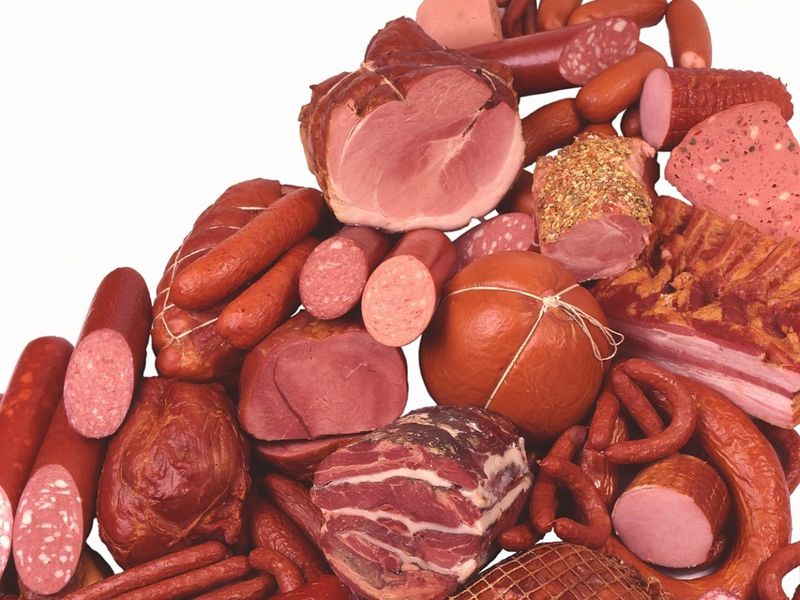
Processed deli meats, including ham, bologna, and salami, are common sandwich staples. However, they often contain sodium nitrate and other preservatives to extend shelf life. These additives help maintain color and flavor but pose potential health risks when consumed regularly.
Binders and fillers add to their composition, detracting from the natural protein content. While convenient, the nutritional drawbacks prompt consideration of fresher alternatives.
Opting for freshly roasted or grilled meats can provide a more wholesome sandwich experience.
10. Bottled Salad Dressings
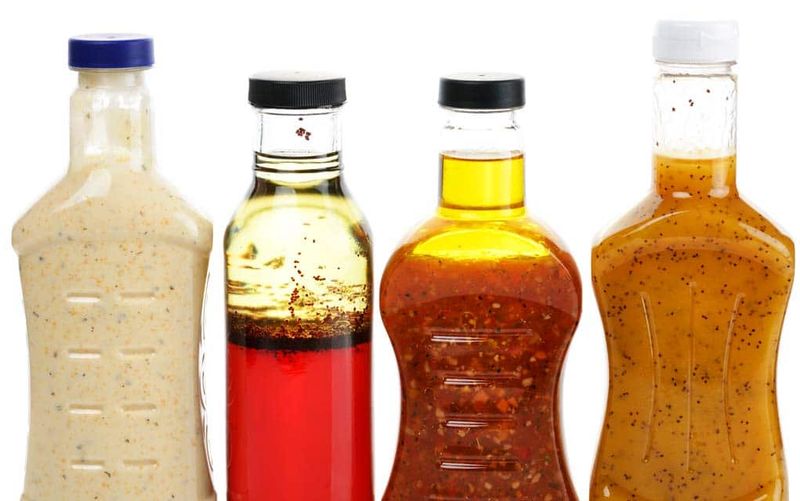
Bottled salad dressings might seem like a quick way to enhance a salad, yet they often come with hidden ingredients. Emulsifiers and gums provide the desired texture but depart from natural oil and vinegar compositions.
Even “lite” versions can be laden with sugars and artificial flavors, overshadowing the salad’s freshness. Despite their convenience, these dressings may not align with health goals.
Creating a homemade dressing with olive oil and fresh herbs can elevate a salad without additives.
11. Boxed Mac and Cheese
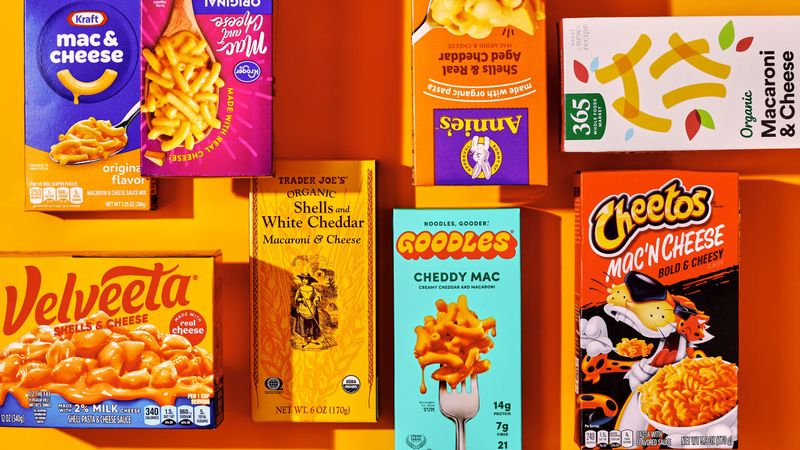
Boxed mac and cheese is a nostalgic favorite, yet its cheese powder often lacks real cheese. Processed ingredients dominate, with color additives giving it that familiar orange hue. While easy to prepare, the nutritional value is compromised.
Mystery flavorings mask the absence of genuine dairy, making it more about convenience than health. For a wholesome twist, homemade mac and cheese using real cheese offers a comforting alternative.
12. Shelf-Stable Snack Cakes

Shelf-stable snack cakes, like those from Little Debbie or Hostess, promise a sweet treat with an extended life. Preserved with BHT and TBHQ, these cakes resist spoilage but at a nutritional cost.
The ingredient list often features unpronounceables, making them more about longevity than wholesome indulgence. While they offer convenience, their health implications encourage moderation.
Opting for fresh baked goods without preservatives can provide a more nourishing treat.
13. Breakfast Cereals with Artificial Colors
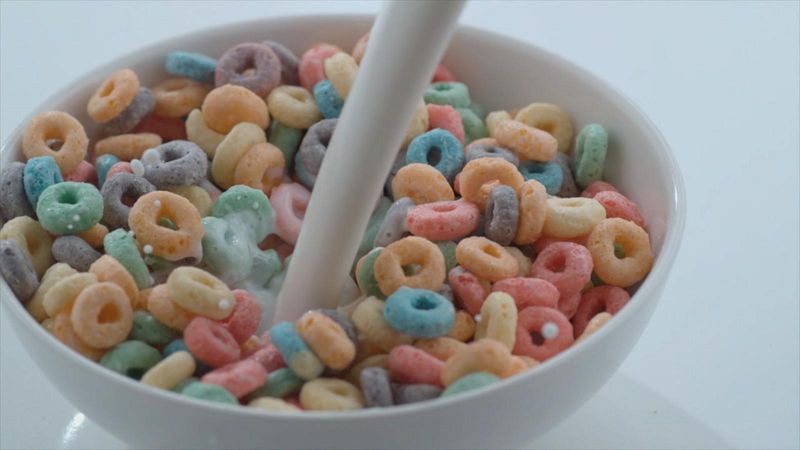
Breakfast cereals with artificial colors transform morning routines with their vibrant hues. Red 40, Yellow 5, and similar dyes create eye-catching appeal, especially for children.
However, the colorful coatings often come paired with high sugar content, detracting from any potential fiber benefits. Though they captivate visually, nutrition takes a backseat.
Choosing cereals with natural ingredients and minimal sugar can make breakfast both fun and healthful.
14. Energy Drinks

Energy drinks are marketed as quick boosts, packed with synthetic caffeine and artificial flavors. These ingredients provide an instant rush, but the effects often come with a crash.
Preservatives like sodium benzoate extend shelf life, yet the drinks offer minimal nutritional benefits. While appealing to those needing energy, the long-term effects of regular consumption raise concerns.
Staying hydrated with water or enjoying natural energy sources like fruits can provide healthier stimulation.
15. Imitation Crab Meat
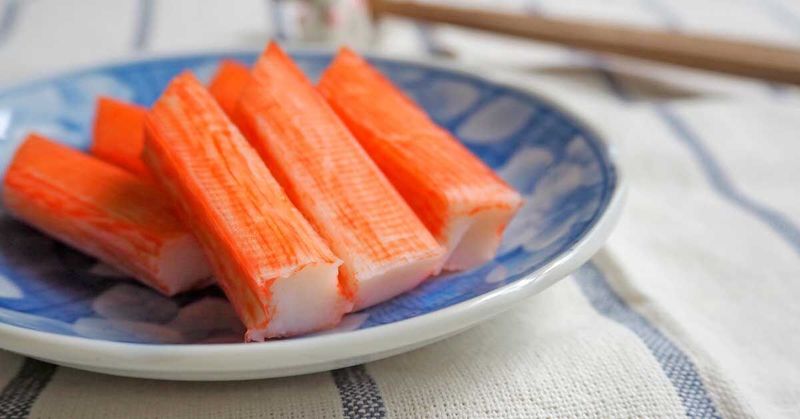
Imitation crab meat, often found in sushi or seafood salads, is a processed alternative to real crab. Made from fish paste, starch, and sugars, this product mimics crab’s texture but lacks authenticity.
Colorants give it the familiar red tone, while the flavor is more about imitation than originality. Though affordable, it sacrifices real seafood’s benefits.
Opting for genuine crab or seafood can enhance culinary experiences with natural flavors.
16. Processed Cheese Spreads
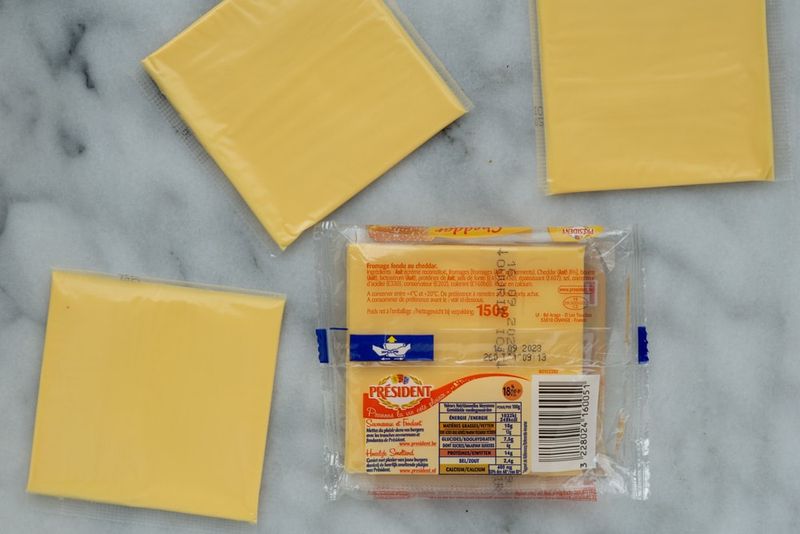
Processed cheese spreads, such as canned or individually wrapped varieties, offer convenience but at a dairy deficit. High in emulsifiers, these products achieve creaminess without genuine dairy content.
While they may complement crackers or sandwiches, the nutritional trade-off is notable. Seeking out real cheese options can provide authentic flavor and nutritional value.
17. Frozen Pizzas

Frozen pizzas are a quick meal solution, laden with artificial preservatives to ensure longevity. Added sugars in sauces and processed meats on top contribute to the flavor profile but not to nutritional value.
The refined flour crust provides a base, yet the overall offering leans more on convenience than health. For a nutritious experience, homemade pizzas with fresh ingredients can delight without the additives.
18. Powdered Drink Mixes (Like Kool-Aid or Crystal Light)
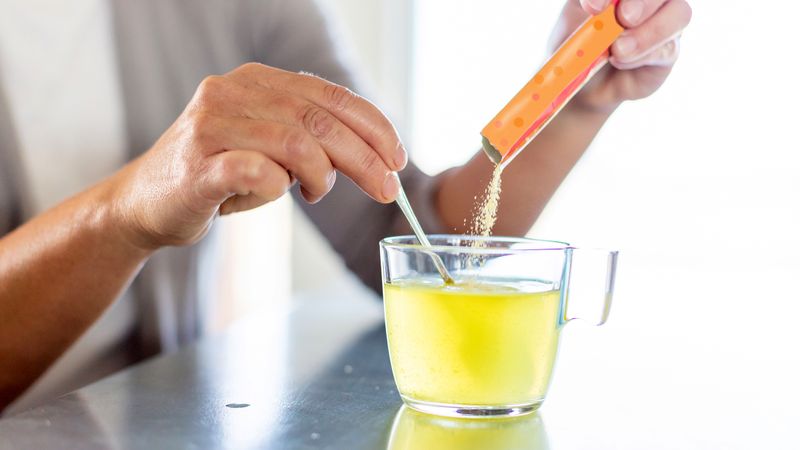
Powdered drink mixes, such as Kool-Aid or Crystal Light, offer flavor without nutrition. Comprised of sugars or sweeteners, colorants, and chemical stabilizers, these mixes appeal to the taste buds but not to health.
While easy to prepare, the ingredient list reveals a lack of natural components. Opting for water with fresh fruit or herbal teas can satisfy thirst without the synthetic aftertaste.
19. Jarred Cheese Sauce

Jarred cheese sauces promise a creamy addition to meals but often fall short of real cheese. Loaded with xanthan gum and artificial color, they achieve consistency through chemistry.
Shelf-stable oils replace genuine dairy, resulting in a product that mimics cheese more than it embodies it. Seeking out sauces made with real ingredients can enhance dishes with authentic flavor.
20. Sugar-Free Desserts

Sugar-free desserts aim to satisfy sweet cravings without the calories, yet they often trade sugar for artificial sweeteners like sorbitol or sucralose. These substitutes can cause bloating and lack nutritional advantages.
Though appealing to those watching sugar intake, the health benefits are minimal. For a satisfying treat, desserts made with natural sweeteners can provide indulgence without the trade-offs.
21. Instant Ramen Noodles
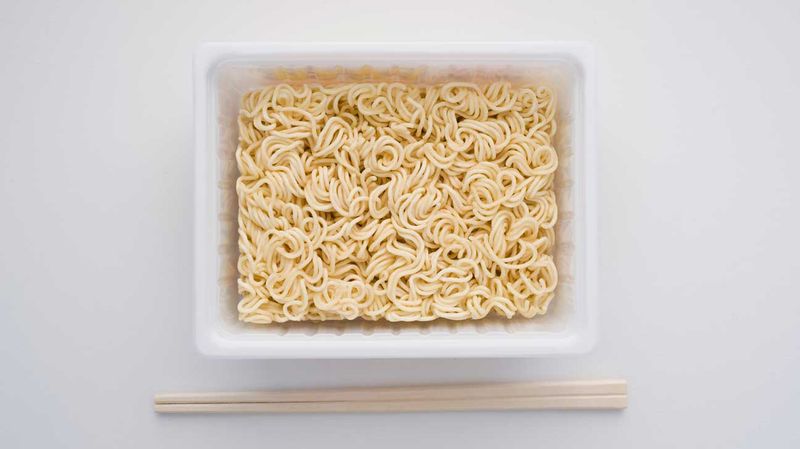
Instant ramen noodles offer a quick meal fix, high in sodium and MSG. These additives, along with tertiary butylhydroquinone (TBHQ), enhance flavor but not nutrition.
The convenience comes with a chemical aftertaste, making them more about speed than sustenance. For a more nutritious meal, fresh noodles with a homemade broth can offer flavor without compromise.
22. Bottled Iced Teas
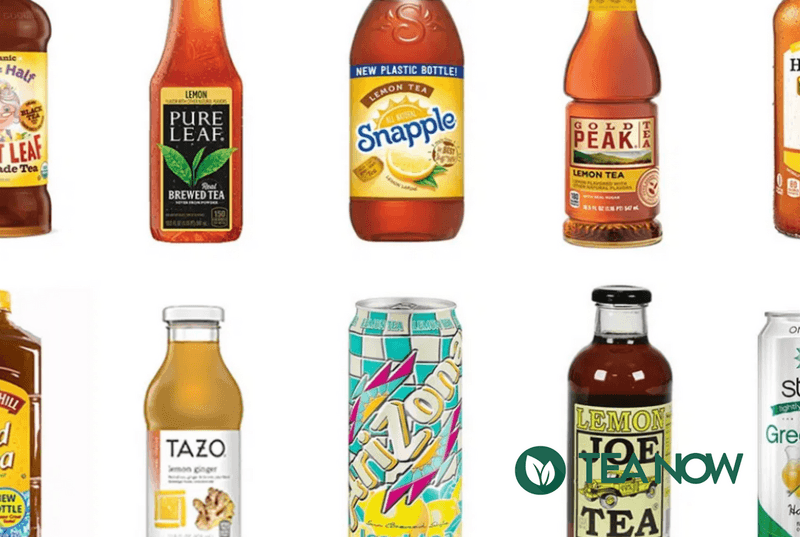
Bottled iced teas often contain more sugar than sodas. Instead of real brewed tea, “tea flavor” dominates the ingredient list. The sweetness appeals, but the nutritional benefits of tea are overshadowed.
Despite their refreshing image, these drinks offer little more than empty calories. Opting for freshly brewed tea with a hint of natural sweetness can provide genuine refreshment.
23. Protein Bars with 25+ Ingredients
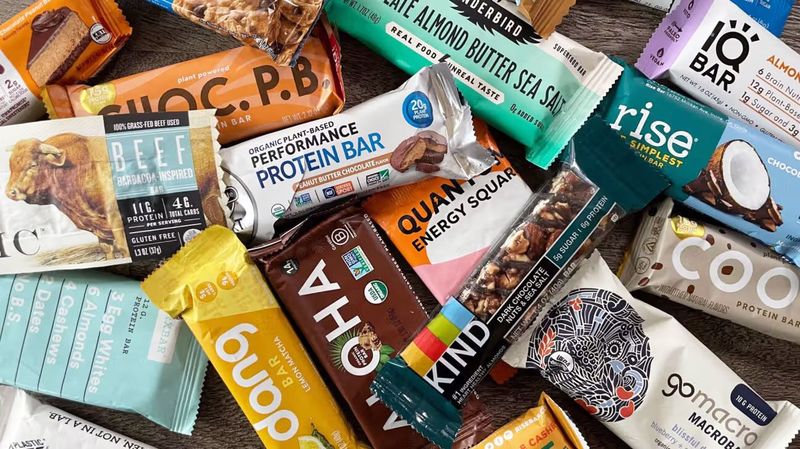
Protein bars boasting 25+ ingredients often disguise themselves as health foods. Laden with sugar alcohols, fillers, and gums, they offer more complexity than nutrition.
While marketed for energy and convenience, the ingredient list suggests otherwise. For a wholesome snack, bars with minimal ingredients and whole foods can deliver genuine energy without the extras.
24. Canned Cheese (Spray Can Cheese)
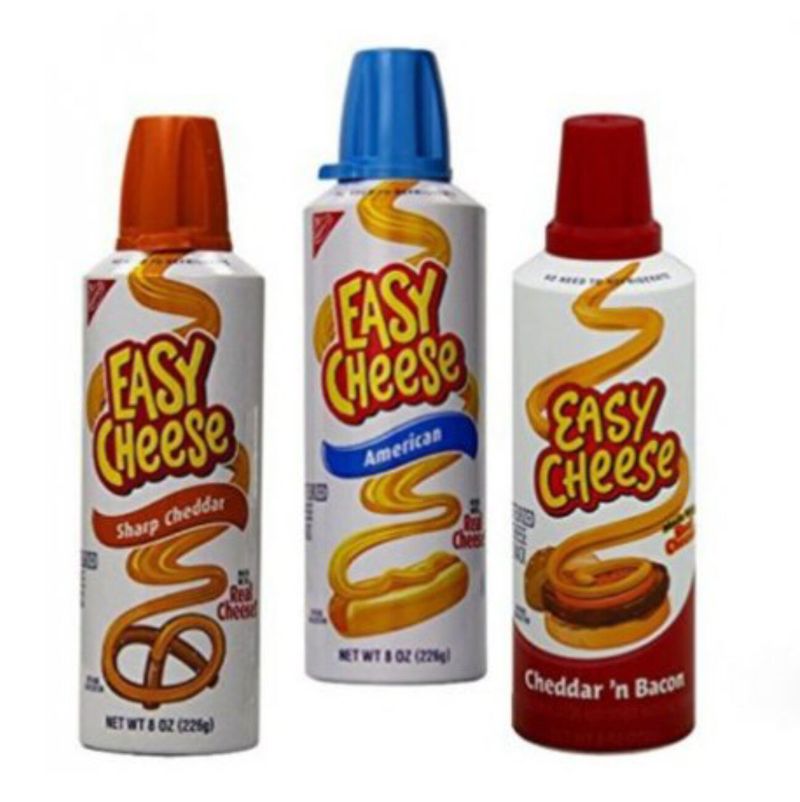
Canned cheese, or spray can cheese, is a novelty with high sodium and preservatives. Its aerosol form offers convenience but strays far from authentic cheese experiences.
Fake dairy components contribute to its spreadability, making it more about novelty than nutrition. For a genuine cheese experience, real cheese selections provide flavor worth savoring.
25. Frozen TV Dinners
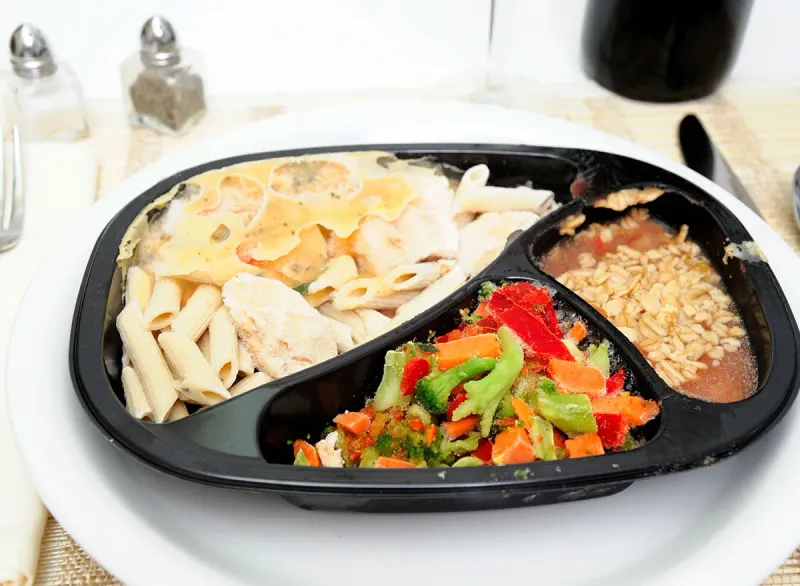
Frozen TV dinners promise complete meals with minimal effort, yet they often come with high sodium levels and preservatives. Designed for long shelf life, these meals offer convenience over fresh ingredients.
While they can be a quick solution, the nutritional sacrifices are evident. Opting for freshly prepared meals can provide balanced nutrition without the additives.
